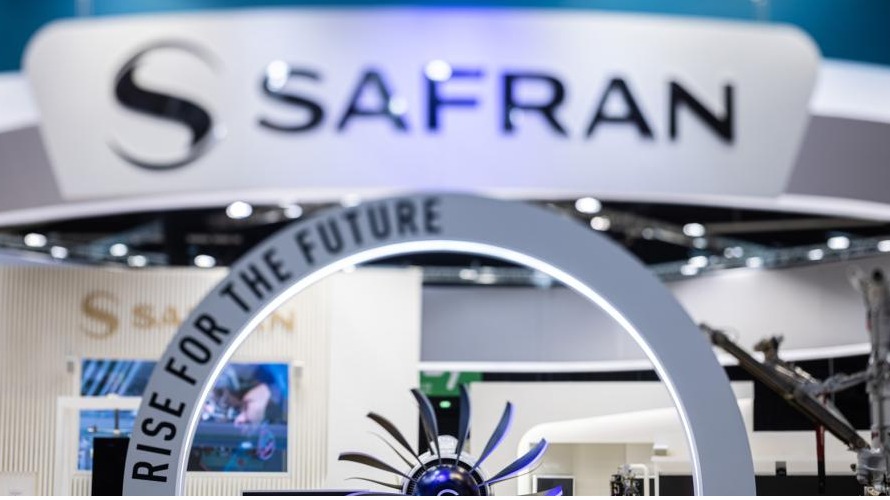Ride sharing firm Uber has announced a partnership with self-driving AI technology company Wayve.
The partnership will also see Uber invest an undisclosed fee in Wayve.
With the additional funding and support from Uber, Wayve said it intends to accelerate its work with global original equipment manufacturers (OEMs) to enhance consumer vehicles with Level 2+ advanced driver assistance and Level 3 automated driving capabilities.
The tech firm will also work towards the development of globally scalable Level 4 autonomous vehicles for future deployment on Uber in its markets around the world.
Wayve was founded in 2017 and has raised approximately $1.3 billion across three funding rounds.
The company said it is building a “general purpose” driving AI which can power all levels of driving automation in any type of vehicle. Wayve focuses on mapless end-to-end AI technology which it said allows automated vehicles to operate without geofenced limits.
“Wayve’s advanced Embodied AI approach holds a ton of promise as we work towards a world where modern vehicles are shared, electric and autonomous,” said Dara Khosrowshahi, chief executive of Uber. “We’re thrilled to bring Wayve on as a partner to work alongside automakers as we continue to build out Uber as the best network for self-driving vehicles.”
Latest News
-
Cargo theft surge linked to cyberattacks as Proofpoint flags organised crime ties
-
56% of UK adults turn to AI for money management help, finds Lloyds Bank
-
Poor AI experiences put 'nearly £9bn' worth of online retail sales at risk
-
BigTech failing to protect millions from new ‘convincing AI scams’, warns Which?
-
Ben's Soft Pretzels boosts automation across 185 locations with new restaurant platform
-
Nvidia to send 260,000 AI chips to South Korea
The future-ready CFO: Driving strategic growth and innovation
This National Technology News webinar sponsored by Sage will explore how CFOs can leverage their unique blend of financial acumen, technological savvy, and strategic mindset to foster cross-functional collaboration and shape overall company direction. Attendees will gain insights into breaking down operational silos, aligning goals across departments like IT, operations, HR, and marketing, and utilising technology to enable real-time data sharing and visibility.
The corporate roadmap to payment excellence: Keeping pace with emerging trends to maximise growth opportunities
In today's rapidly evolving finance and accounting landscape, one of the biggest challenges organisations face is attracting and retaining top talent. As automation and AI revolutionise the profession, finance teams require new skillsets centred on analysis, collaboration, and strategic thinking to drive sustainable competitive advantage.
© 2019 Perspective Publishing Privacy & Cookies











Recent Stories